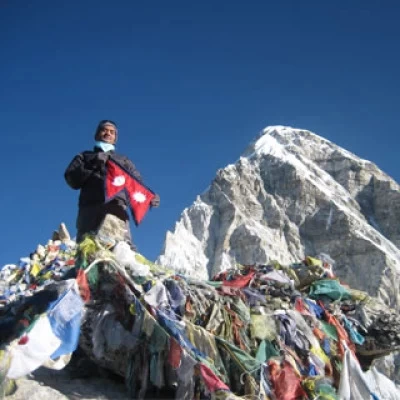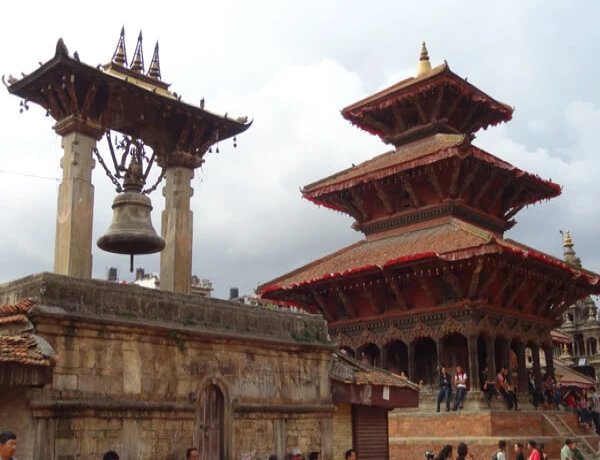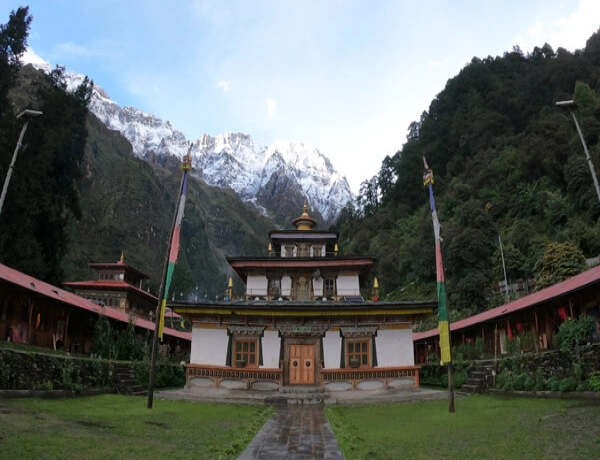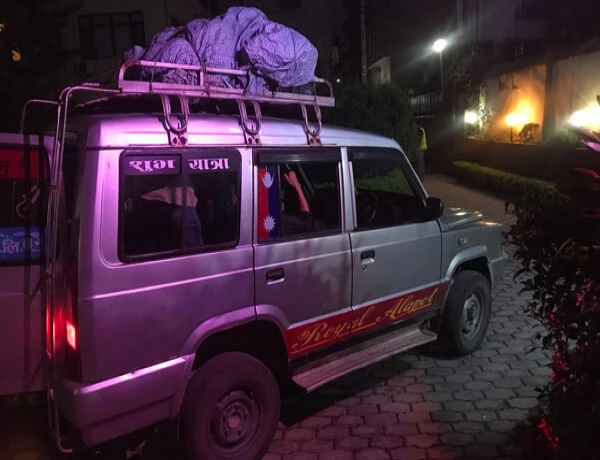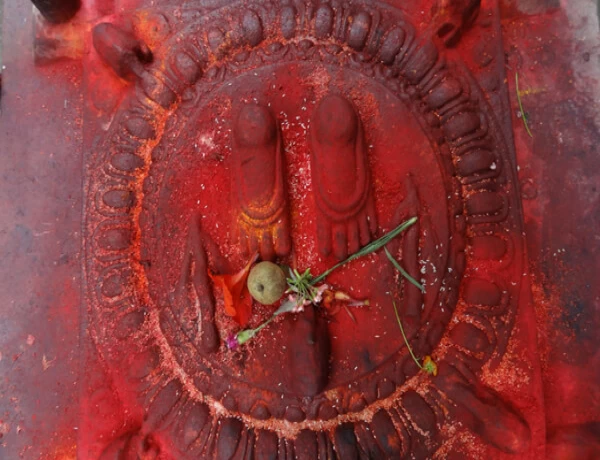The Winter season in Nepal lasts for 3 months. It is the time when trees decide to change their leaves. The mountains shine even more and promise to be beautiful as always. The night gets longer. Also, time to make the bed cozy and warm.
Winter is noted as the off-season for trekking in Nepal. But that is just misbelief I guess. It’s true it might be colder than in other seasons but with proper clothing, the trek can be accomplished. In winter, the mountains are more covered with snow, making them more beautiful.
Nepal is a Himalayan country consisting of 8 eight thousand among 14 of them. The country is a great choice to trek between the massive mountains. Not only that, there are numerous classic trekking trails. The trekkers have been trekking on the trail since the 1950s.
If you ever wanted to walk beside those humongous mountains as well as want to escape peak season. Then, the winter season is the best. Somehow the temperature falls below 0 degrees Celsius; however, the views are more rewarding than in the other seasons.
As December is the Season, Do Need Guides while trekking?
While Trekking in winter, it is consider hiring experienced guides and porters for your safety and more enjoyable. The Guide is familiar with winter conditions and the chosen trekking route to get to the destination. You can hire a Guide and porter from a reliable trekking company in Kathmandu and Pokhara. Be sure how much charge for a Guide and porter per day, and what covers this cost.
Safety Measures While Trekking in Winter:
Batter to get full information regarding trekking trail condition; tea house remains open for overnight staying and for food. Be cautious of slippery trails, and stay informed about weather forecasts and trail conditions. Take with you appropriate trekking gear (good sleeping bags, down jackets, trekking poles, crampons/microspikes, and good trekking boots) according to trekking routes and trail conditions.
Winter Trekking Permits and Fees:
Make sure you have the necessary trekking permits for your chosen trekking area. Go with local authorities or trekking company for specific requirements and fees. If you are trekking in Restricted Areas such as Manaslu, Nar Phu, or Kanchenjunga during the winder trekking fee is much less than in December. So, it is the best way to save money while Nepal trekking in winter.
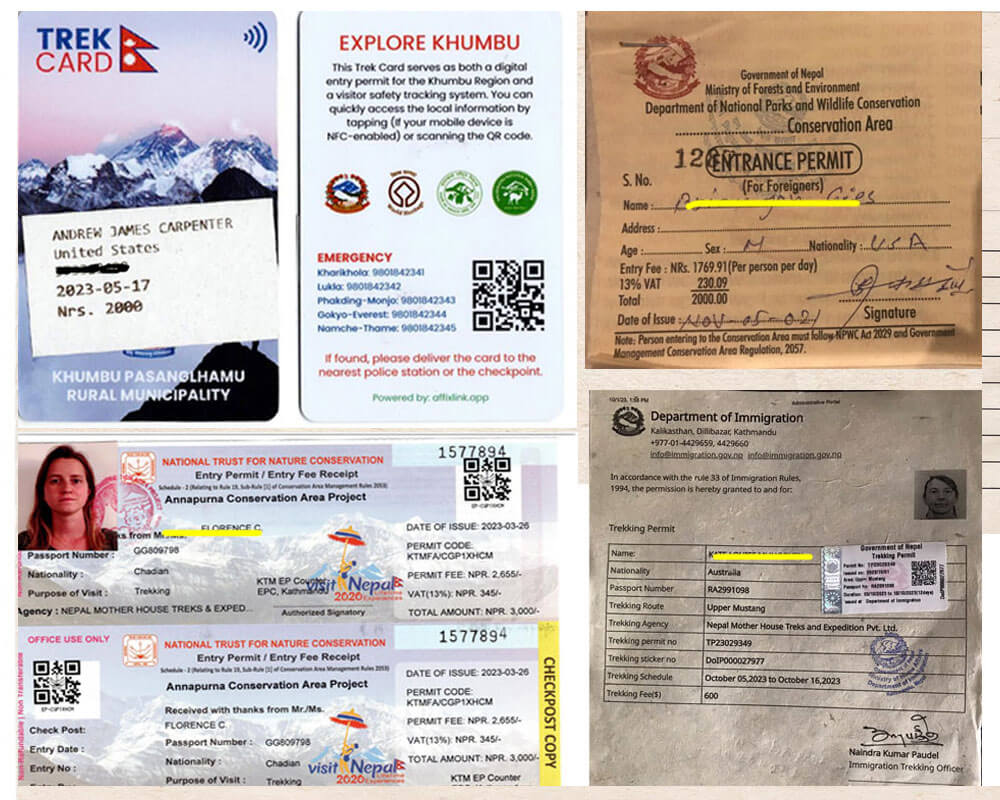
Why is Winter Good for Nepal Trek?
Winter season can be one of the best times for trekking in Nepal for several reasons, despite the colder temperatures and occasional snowfall above 2,500 meters. However, there are several trekking routes, which go in the lower elevation with mesmerizing mountain views, landscape, and cultural experiences.
Here are some compelling reasons why winter is considered good for trekking in Nepal:
Serene Trails with fewer Trekkers:
Winter is the best time to experience the serenity of less crowded trails and peaceful surroundings. The trail is more peaceful and serene, allowing trekkers to enjoy the tranquility of the Himalayan landscapes. Where 100 to 700 trekkers per day visit most of the trekking route during trekking peak seasons of spring and autumn. Sometimes, you don’t have proper meals and accommodation for overnight stays during the high season.
Cloudless Clear Blue Sky and Amazing Mountain Views:
Winter often brings clear skies, offering mesmerizing views of snow-clad peaks. There won’t be any spot of cloud most of the day. But in the high elevation after 2 to 3 PM the cloud covers and suddenly drops the temperature. Need to be well prepared the worm clothes to cope with cold weather and the probability of snow falling.
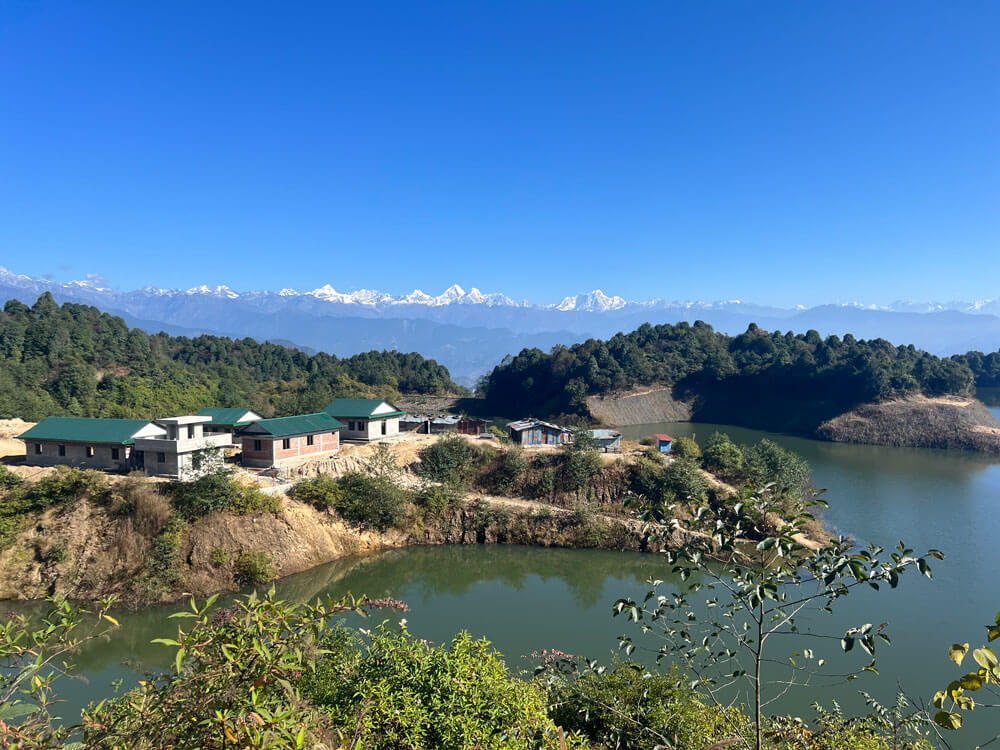
Unique Landscapes during winter:
You will witness frozen waterfalls, pristine lakes, and unique ice formations. Whereas other seasons have never seen such things and only meet many trekkers. Even, some lakes can be walkable on their surface due to freezing. But be careful don’t try to walk on it; sometimes might sink in the freezing water. The landscapes are transformed into a winter wonderland with snow-covered trails, frozen waterfalls, and pristine lakes in the high elevation. This creates a unique and picturesque setting for trekkers seeking a different perspective of the region.
Cultural Experiences during Winter Trek in Nepal:
Encounter local communities in a more intimate setting, as winter sees fewer tourists.
Before embarking on a winter trek in Nepal, it's advisable to consult with local trekking agencies, stay informed about weather conditions, and prioritize safety. A winter trek offers a unique and peaceful experience, showcasing the Himalayas in a different light and allowing for a closer connection with the natural beauty of the region.
Cultural Experiences While Trekking in Winter:
You have more chances to interact with local communities can be more intimate during winter as there are fewer tourists. This provides a chance to engage with the local culture and traditions on a more personal level. If you are a scholar of Culture, History, Anthropology, and Sociology, winter is the best time to trek in Nepal to get depth knowledge.
Less Crowded Tea Houses during Winter:
To avoid the crowd, winter is the only option with a perfect view. Some tea houses may close during the winter season as trekking areas and places, that remain open are less crowded due to fewer trekkers. Trekkers can enjoy a more relaxed atmosphere and personalized services while trekking in the winter season.
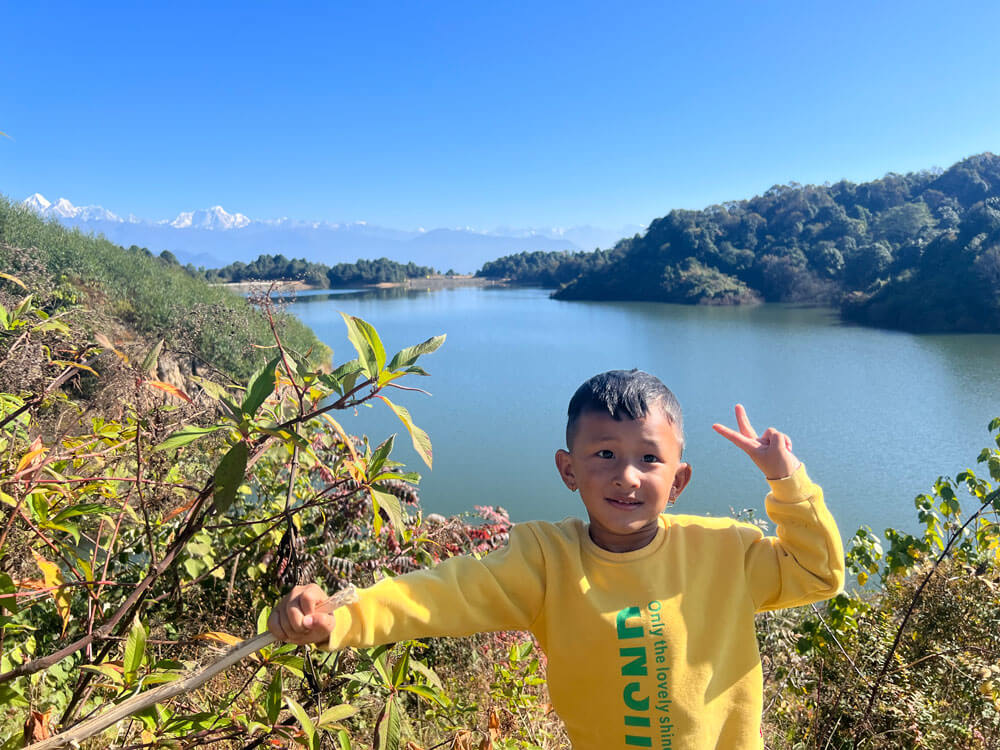
Winter Trek in Nepal offers Adventure in Calmness:
Winter trekking offers a sense of adventure as trekkers navigate through snow-covered landscapes and experience the Himalayas in a less-explored and quieter state. You can sing with Nature calmly and enchanting with her beauty. If you are practicing meditation and self-realization or a spiritual seeker, winter is a suitable time to trek in the Nepal Himalayas. Although it does not matter whether you are a meditator or not, while trekking in the Himalayas you will automatically meditative mode. While complete your trip and get back to your home or office, you will completely find yourself, and how fresh you are after the trek. Trekking in Nepal is not only spending money and time; you will gain working efficiency and sharpness too.
Reduced Risk of Landslides Nepal Trek in winter:
Winter sees a lower risk of landslides and avalanches compared to the monsoon season and spring; it makes trekking routes safer and more stable. Also, if you are hiking at a lower elevation during the winter due to the cold, the trail is much more easy and safe. However, bring with you good trekking gear in case you need to walk on freezing ice and mud trails.
Winter Trek provides Photography Opportunities More:
The winter landscape, with its pristine snow and clear skies, provides excellent opportunities for photography. Trekkers can capture the beauty of the region in its unique winter attire. You have more chances to encounter wildlife and birds while trekking in December, January, and February, without the crowd of trekkers.
Personal Challenge:
Winter trekking presents a different set of challenges, such as colder temperatures and potential snow obstacles. For those seeking a more adventurous and challenging trek, winter can be an ideal time.
While winter trekking in Nepal has its advantages, trekkers need to be well-prepared for colder conditions, check trail and weather conditions, and consider hiring experienced guides. Overall, for those who appreciate a quieter and more adventurous trekking experience, winter in Nepal can be a rewarding and memorable time to explore the Himalayas.
List of 7 Best winter treks in Nepal
These trekking trails (mentioned below) are perfect for the winter. The trails don't take you to the soaring elevation. Furthermore, it is the ultimate route to escape from the snow. Let's get right into the top 7 winter treks you can enjoy in Nepal:
1. Everest View Trek -Breathtaking Himalayan Scenery and Cultural Exploration
Everest View Trek is an alternative trek to Everest Base Camp Trek. The trek takes halfway to the base camp but the trek is worth it. Also, the base camp may be reachable or not. The snow may block the trail.
You can witness the world's highest mountain. Sherpa settlements like Namche Bazaar and Lukla will be among the places you pass through. Also, you will get the chance to have breakfast in the world’s highest 5-star hotel.
Unlike Everest Base Camp Trek, this trek is short and easy. It doesn't take you to a high altitude. It is comfortable and just perfect for the winter trek.
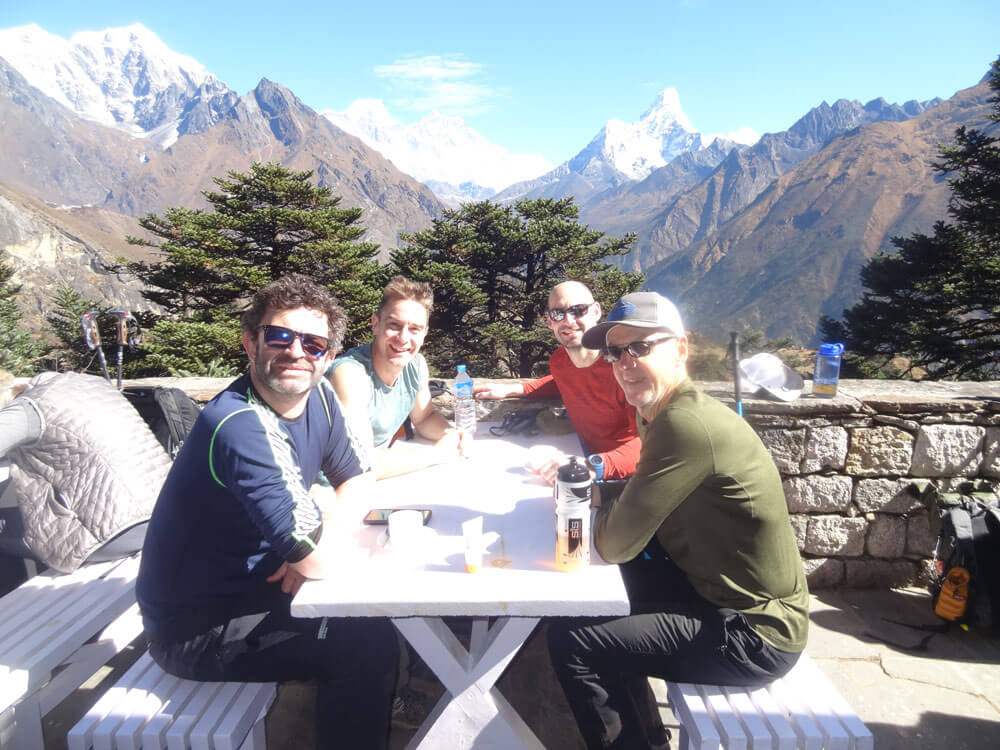
2. Ghorepani Poon Hill Trek with Natural Hot Spring
Ghorepani Poon Hill is another classic trekking route in Nepal. In short. Ghorepani is a village and Poonhill is the viewpoint from the village. The viewpoint shares one of the best panoramic views of the Annapurna Massif along with the Dhaulagiri Range.
To make the trek more interesting, we have added Jhinu Hot Springs to the trek. It is also another short trek and comparatively easy trek. Get ready to experience the hospitality of Magar and Gurung ethnicities.
Annapurna Base Camp in December is also possible. It can be another best choice for trekking in winter in Nepal. You can continue your trek from Ghorepani -Poonhill to Annapurna Base Camp.

3. Langtang Valley Trek -Majestic Mountain Views and Authentic Himalayan Experience
Langtang Valley Trek is one of the closest treks from Kathmandu. The 7-hour bus ride from Kathmandu takes you to the gorge of the Langtang River. Later, the trail takes you to the valley of beautiful landscapes and unique culture.
The entire trekking route is inside the Langtang National Park. The home of Snow Leopard and Red Panda. Also, it is the best trail for the bird-watching trip.
The Langtang Valley trek doesn’t take you to a higher altitude. The trek is relatively easier than the other. In addition to the breathtaking landscape and diverse flora and fauna, it has been a favorite trek among trekkers.
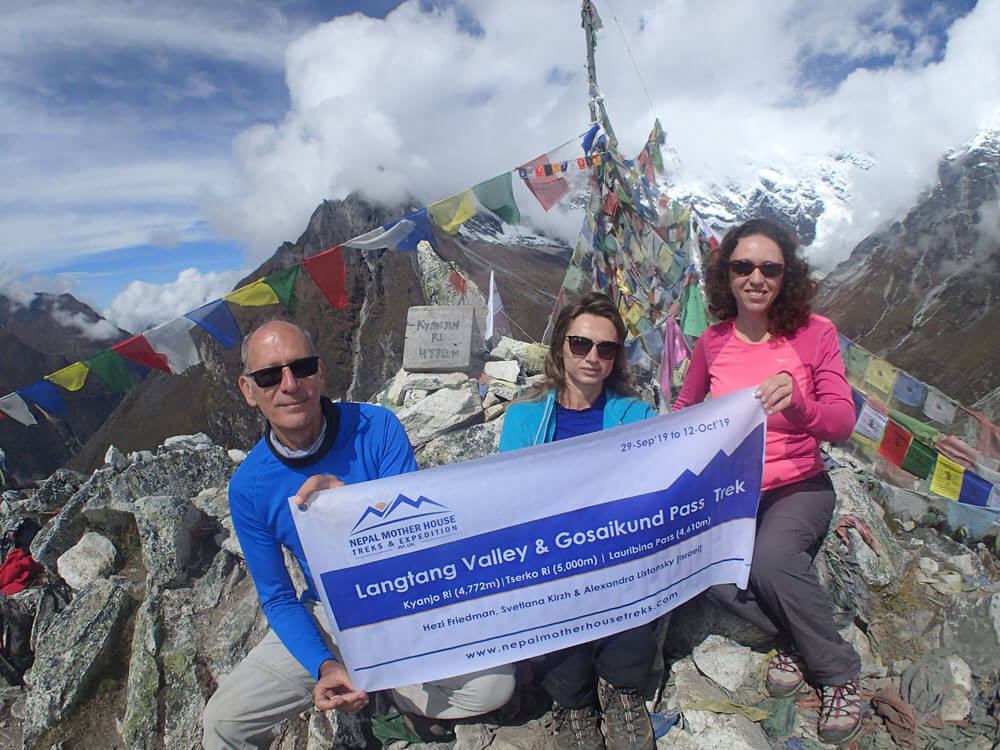
4. Dhampus Sarangkot Trek -Near By Beautiful City Pokhara
Dhampus Sarangkot Trek is a comfortable trek on the outskirts of Pokhara. It doesn't take to the soaring elevation and is not even close to the Himalayas. Still, the trail shares a breathtaking view of the Annapurna range and Dhaulagiri too.
It is also a short trek that both begins and ends in Pokhara. It is fit for all age groups. It only takes up to 1,990 meters. So, it is not a technical trek. The trek lets you experience the blend of different ethnicities and cultures.
The trail passes through Dhampus, Australian Base Camp, and finally towards Sarangkot. Throughout the trek, you will not miss the beautiful view along with the fantastic trekking path.
5. Chisapani Nagarkot Trek -Serene Nature, Himalayan Panorama, and Cultural Delight
Chisapani Nagarkot Trek is the closest hiking trail from Kathmandu. You will be starting from the hustling and bustling Kathmandu and in a few minutes, you will be in the tranquility and serenity of the Shivapuri National Park.
Both Chisapani and Nagarkot are just a few miles from the Northeastern part of Kathmandu countryside. Both towns share one of the iconic skylines of many Himalayan ranges. Some of them include Langtang, Dorje Lakpa, Gaurishankar, and many more peaks.
Furthermore, the trail passes through the Shivapuri National Park. Before entering the National Park, you will get a chance to witness the Sundarijal waterfall. As you pass through the wilderness of Shivapuri, you will encounter different species of birds.
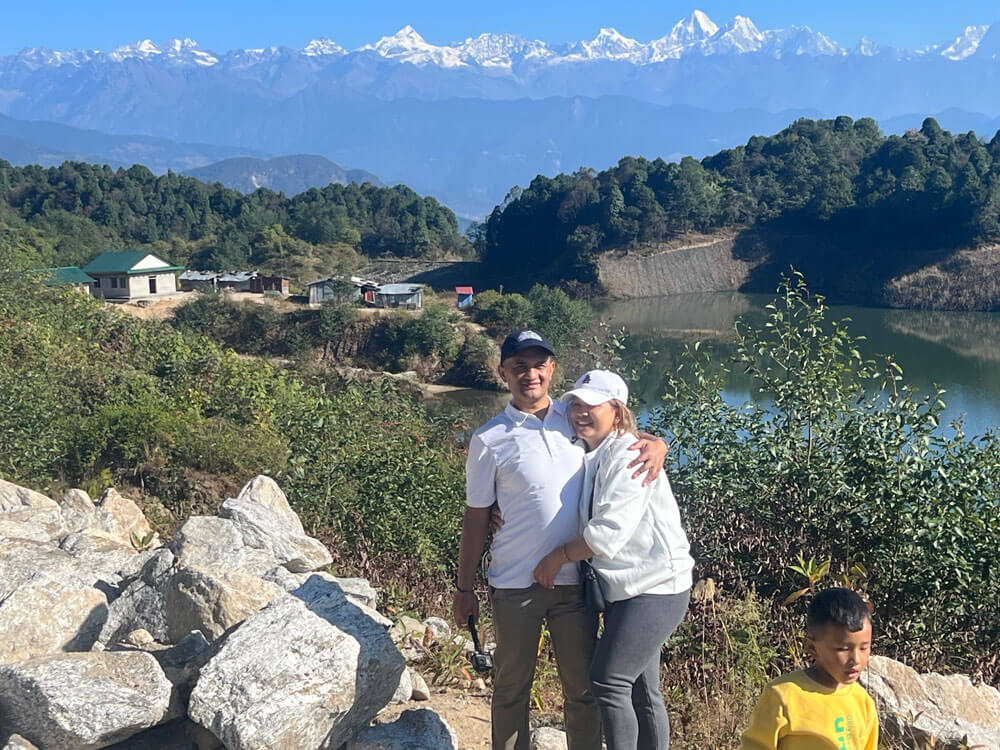
6. Tsum Valley Trek -Hidden Himalayan Gem of Cultural Richness and Pristine Landscapes
Tsum Valley is the hidden valley of the Manaslu region, yet to be explored. It can be the best winter trek in Nepal. This trek also does not take to the soaring height. This trek is different from others. The Tsumbas people are the main inhabitants of the place.
Tsum Valley Trek is rarely visited by travelers. The trail to Tsum Valley splits from the route to the Manaslu Circuit trek. It is an extended trek for the Manaslu Circuit but still, only Tsum Valley can be explored. The trail has lots of hidden treasures with rewarding views and landscapes.
Plus, with the Tibetan-influenced culture and tradition, the area seems different than any other part of Nepal. It is also a tea house-based trekking trail. The people who are managing them are all family. You will be far away from home and still feel the presence of family.

7. Tamang Heritage Trek with Hot Spring
Tamang Heritage is the trekking trail in the Langtang National Park. To make the winter trek a little bit warmer Hot spring is also added to the itinerary. Tamang Heritage Trek takes you to the well-preserved culture, tradition, and lifestyle of the Tamang ethnic.
The trek begins from Syabrubesi towards the Gatlang village. And then eventually to Tatopani, the place with a natural Hot spring. Likewise, this trek also doesn’t take to the higher elevation, which means it will be perfect for the winter.
The trek provides a tea house trek along with a homestay-style trek. It is one of the best winter treks in Nepal. Along the way, you can admire the Langtang range and Ganesh Himal ranges.
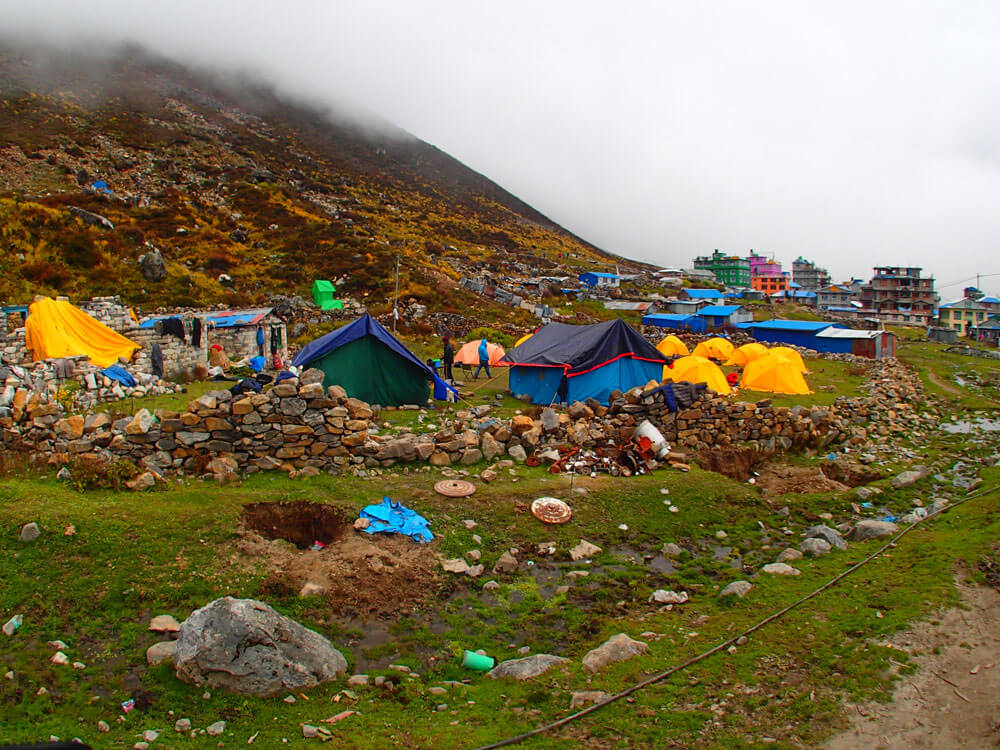
Winter Months in Nepal
The Winter months in Nepal consist of mainly December, January, and February. From the end of November, the cold breeze is felt all around the country. Just a reminder that winter is here. And it lasts until the end of February, when the snow starts melting.
Nepal consists of mainly 4 seasons: Spring, Monsoon, Autumn, and Winter. All of the seasons are highly effective in Nepal. So does winter. Most of the high places have snowfall and are almost covered with snow for months.
Likewise, almost every part of Nepal is covered with fog. Especially in the morning to before noon. The days are shorter and nights get longer. Apricity is the most-loved for the entire season.
Is January the best time to visit Nepal?
January is the coldest month in Nepal. If you are thinking, is January the best month to visit Nepal? Then yes, it is. There are lots of activities you can do besides trekking in the Himalayas.
Winter is the best for craving food. Go for the tea and soup that will make your body warmer. Get away from the chaos of the city. Yoga and meditation are other options.
Discover the hidden treasure of Nepal. Take a sunbath. Hike around a nearby trail from Pokhara or Kathmandu.
How cold is Nepal in winter?
It will be cold in the winter season. As a matter of fact, how cold is Nepal in the winter season? The average temperature is 2°C to 12°C throughout the country in winter.
But in the Himalayan region, the temperature gets to the freezing point. When it starts to snow, it will get below sub-zero.
Nepal's geography regions are divided into three: Himalayan, Hilly, and Terai. The Terai region is from 67 meters to 300 meters. From 300 meters to 4,800 meters is hilly, and above 4,800 meters is Himalayan.
Terai and the hilly region are warmer than the Himalayan region. In the Himalayan region, you need special clothing to survive or must have Himalayan blood running through your veins.
What is the best time to visit Nepal?
The best time to visit Nepal is the spring and autumn seasons. That is what people believe. However, the winter season should be mentioned on the list.
To be honest, spring and autumn are the best in terms of pleasant weather and clear visibility. Also, that is the reason why trekkers choose those seasons.
Still, winter can be an ideal season for your next trek in Nepal. But first, do it before it starts snowing. Because snow can block the trail and will not be open until spring.
Does it snow in Nepal?
Yes, it does snow in Nepal. Not every part of the country, only in the Himalayas.
But over the past few years, snow has also fallen in the Kathmandu Valley. Mostly on Shivapuri National Parkand Chandragiri Hill.
Kalinchowk is the finest choice if you want to experience the snow close to Kathmandu.
Merits and Demerits of trekking in the Winter season
Are you thinking about trekking in winter? There are some advantages and disadvantages to hiking in winter.
Merits:
- In the winter season, the number of tourists is less than in the high season. You will escape the crowd of trekkers.
- The sky is usually clear and visibility is on point.
- The mountains are covered with fresh snow, which will make it even more beautiful.
- Due to the cold temperature, there will be fewer bugs.
- Chances to meet wild animals because they descend to warmer places.
- Enjoy a fire heater in the dining hall.
Demerits:
- The weather is colder than in any other season.
- Higher trails might be blocked due to heavy snowfall.
- Avalanches can be troublesome in some circumstances.
- It can take ages to dry your laundry.
Recommended clothing
The best clothing is very essential while trekking in winter in Nepal. The temperature drops below zero. You should be prepared for every challenge that the weather will give.
We have provided the recommended clothing for trekking in winter in Nepal:
- Down Jacket.
- Inner Thermal.
- Undergarments.
- Woolen cap.
- Buff neck warmer.
- Gloves.
- Inner fur trousers.
- Lightweight trousers.
- Extra sports shoes.
- Goggles.
- Polar fleece jacket.
- Rain Jacket.
Remember, these are only essential clothing for the winter. But there are lots of gear and trekking equipment for the Nepal trek, along with toiletries that you should carry. For more details on Nepal trekking gear, you may go through the link.
Conclusion
So, we have talked about the 7 best winter treks in Nepal. As we talked about, there are some advantages and disadvantages to trekking in the winter season. To be fair, Himalaya will always welcome you, whatever the season is. For a unique experience in the Himalayas, just give the winter season a chance.
We are always here to help you. If you have any questions regarding winter treks, then just let us know.
